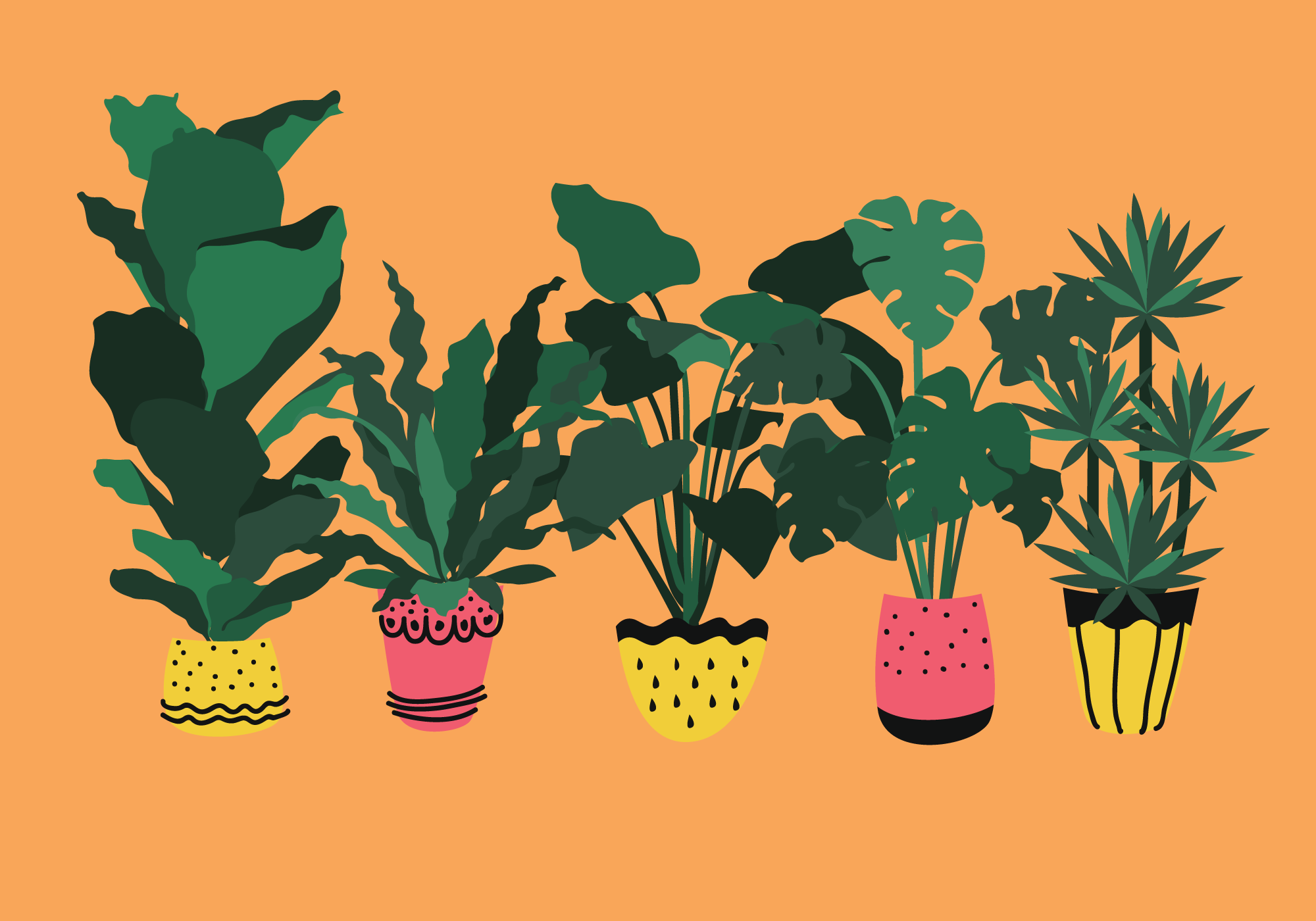a brief guide to “pandemic gardening”

Chantel Keith
3 minutes
Today, I’ll be taking a break from our regularly scheduled tech content to discuss a fun, new hobby of mine – gardening! About 6 months ago, I hopped on the “pandemic gardening” train to reap the many benefits of indoor & outdoor plants. Though I am by no means an expert green thumb, I’d love to share some of the tips I’ve learned in this short time to help give other new gardeners a bit of a head start.
Sunlight, Sunlight + More Sunlight
Plants need sunlight to grow! It’s one of the most important components for photosynthesis, which helps plants convert energy from the sun into food. The amount of sunlight needed varies per plant, so it’s best to choose plants based on the lighting conditions of your home or office. During the fall or winter months, or if lighting conditions are suboptimal, artificial lighting is highly recommended to supplement subpar sunlight to help your plants grow and thrive.
Water + Humidity
Plants are almost entirely made up of water, meaning it’s another essential component to their growth. Water helps plants regulate their temperature, absorb nutrients and create energy through photosynthesis; however, too much water can be detrimental to a plant’s health. Investing in a moisture meter can be super helpful in determining whether a plant’s soil is wet or dry, indicating if it should be watered or not. It’s common for potted plants to be finicky about minerals and chemicals in tap or spring water, thus some may require distilled water to thrive. Additionally, depending on the origin of the plant species, they’ll most likely have a preference for low or high humidity which can be easily regulated by misting and/or humidifiers.
Soil + Pots
The two most common types of pots are terracotta and ceramic. Many plants are sold in plastic pots as well, which are lightweight making it easy to move plants around for watering, but could be an eyesore. If repotting plants, choose a terracotta pot for plants that prefer more breathability and ceramic for plants that prefer moisture retention. It’s also perfectly fine to leave plants in their plastic pots and place them inside a “cover” pot for aesthetics – just make sure whichever pot you use has adequate drainage holes at the bottom! Be sure to choose a soil mix that’s well suited for your plant as well, i.e. succulents prefer porous soil vs philodendrons who prefer a more moist soil, and try not to re-pot until the plant has acclimated to its environment and is showing signs of growth, ideally outgrowing its current pot.
These are just a few of the things I’ve learned since beginning my gardening journey, but there is so much more! You’ll definitely want to deep dive into each of these subjects once you’ve decided on the types of plants you’ll be caring for. There’s a plethora of information on Google and YouTube to help you learn more about different plants and their needs.
More
insights
Lorem ipsum dolor sit amet, consetetur sadipscing elitr, sed diam nonumy eirmod tempor.
©2025 300FeetOut All Rights Reserved | Privacy Policy